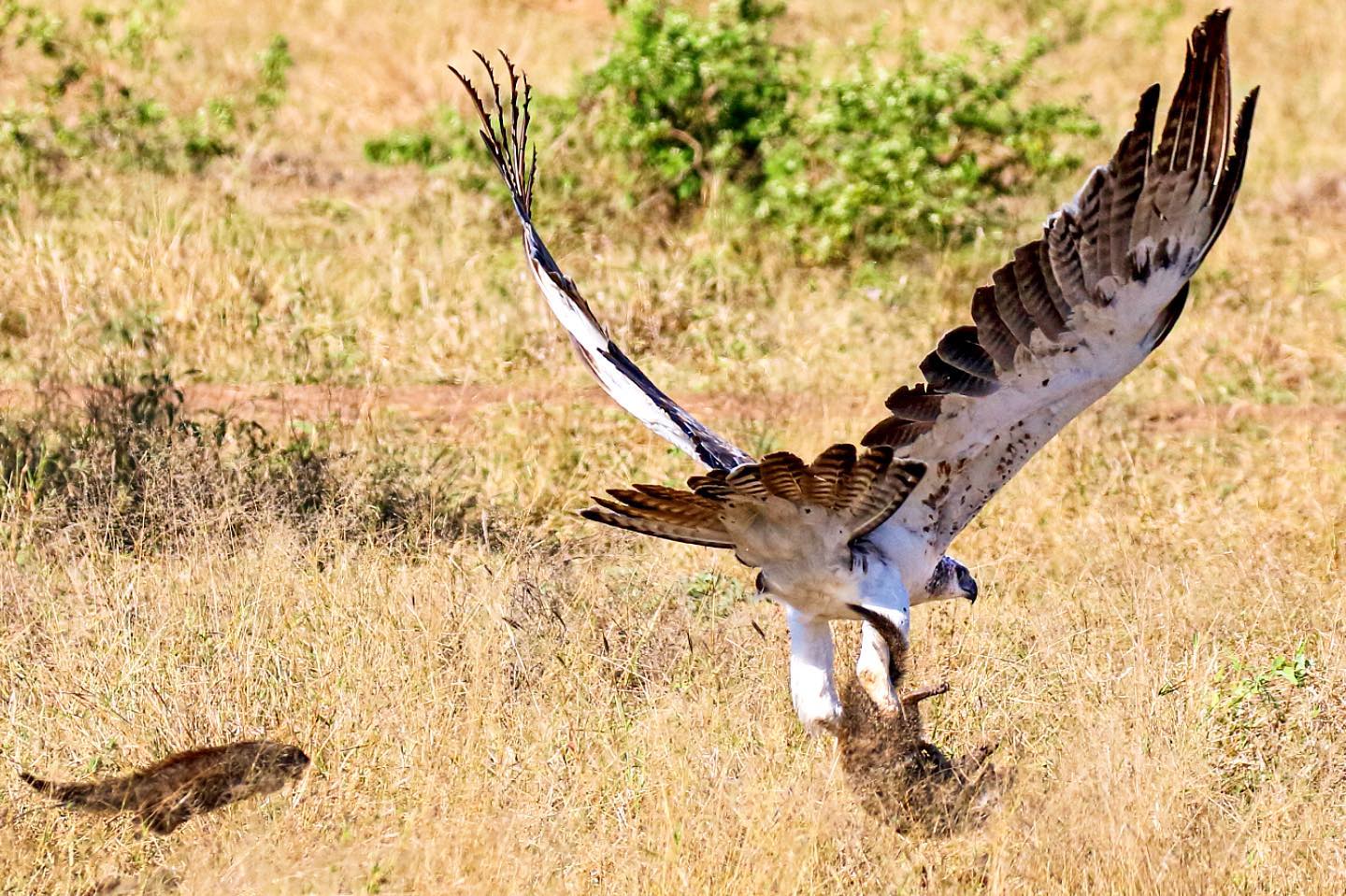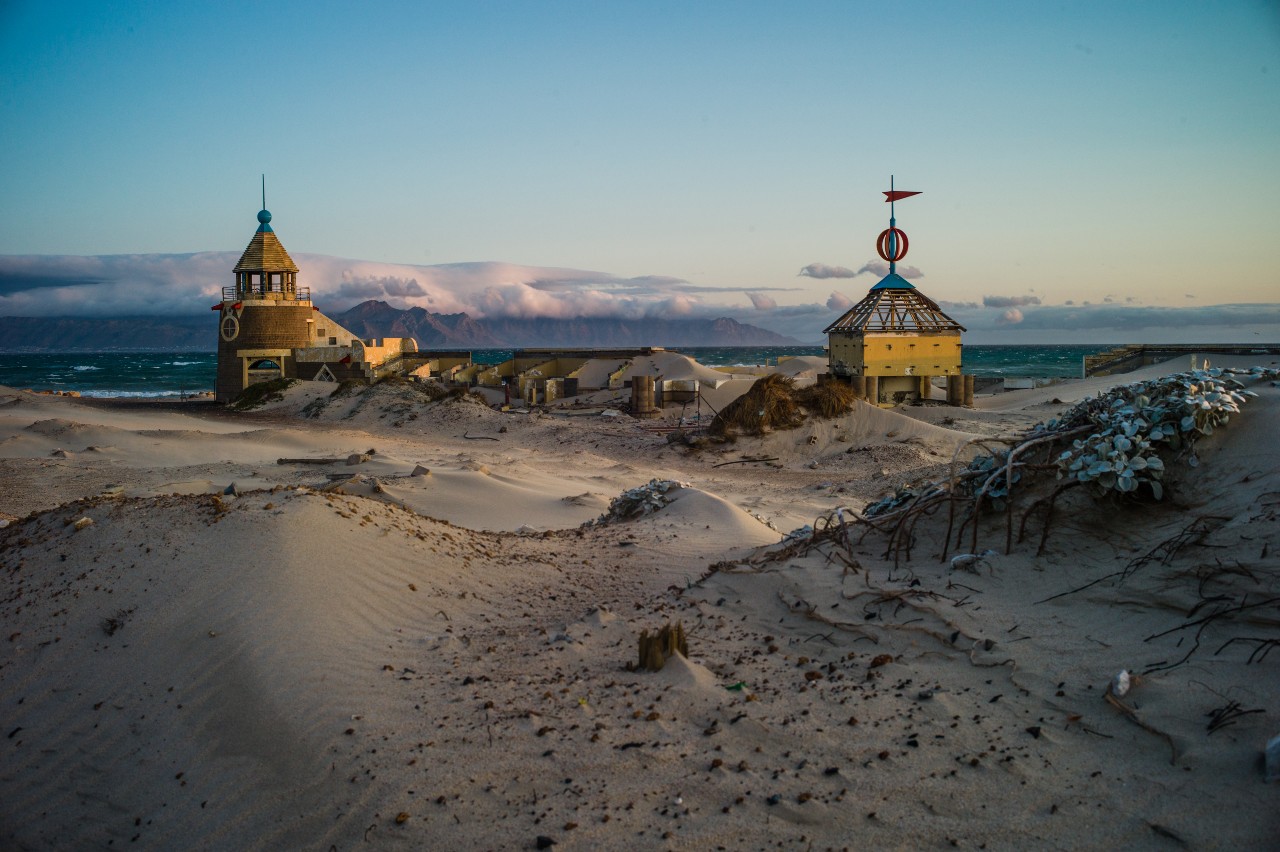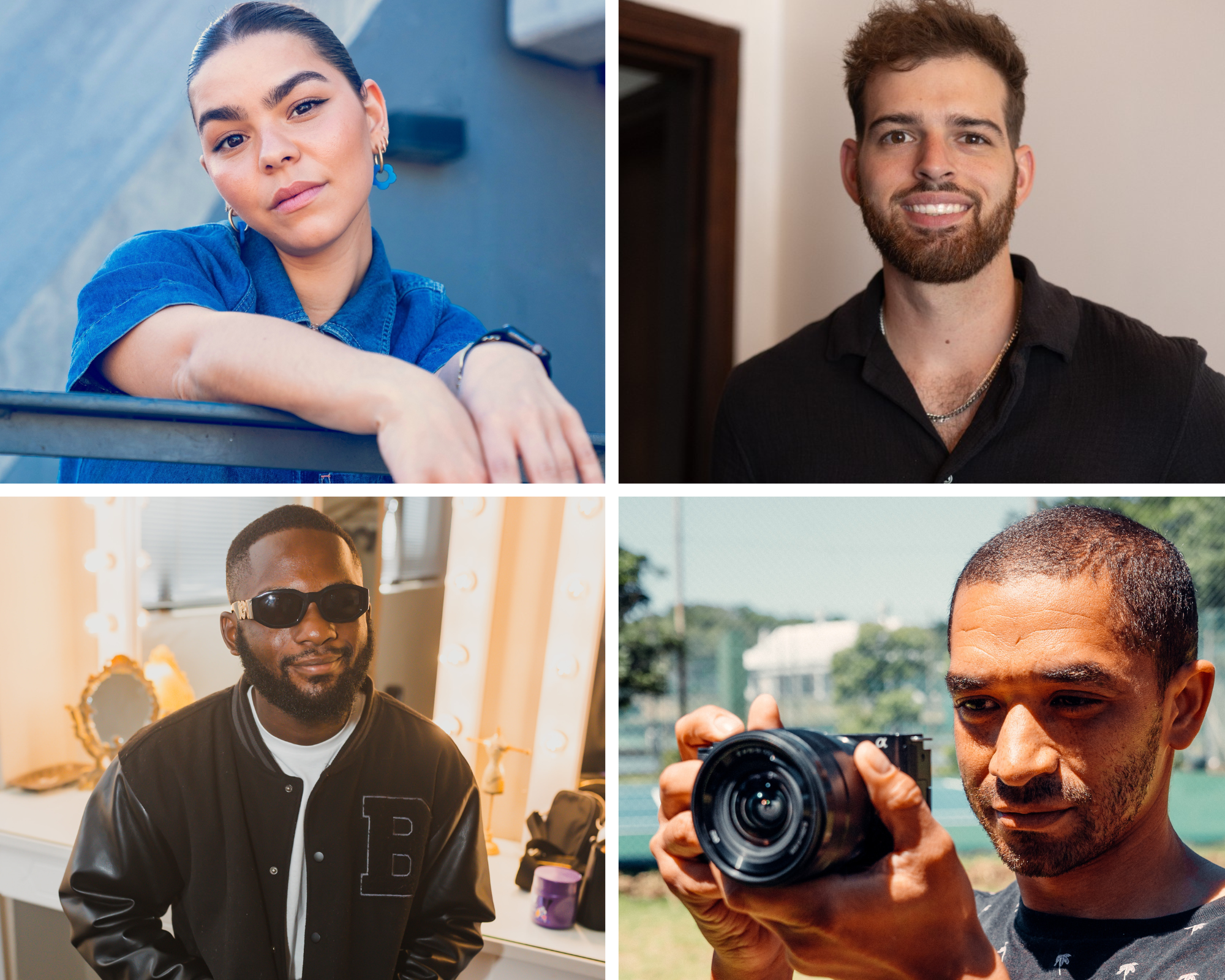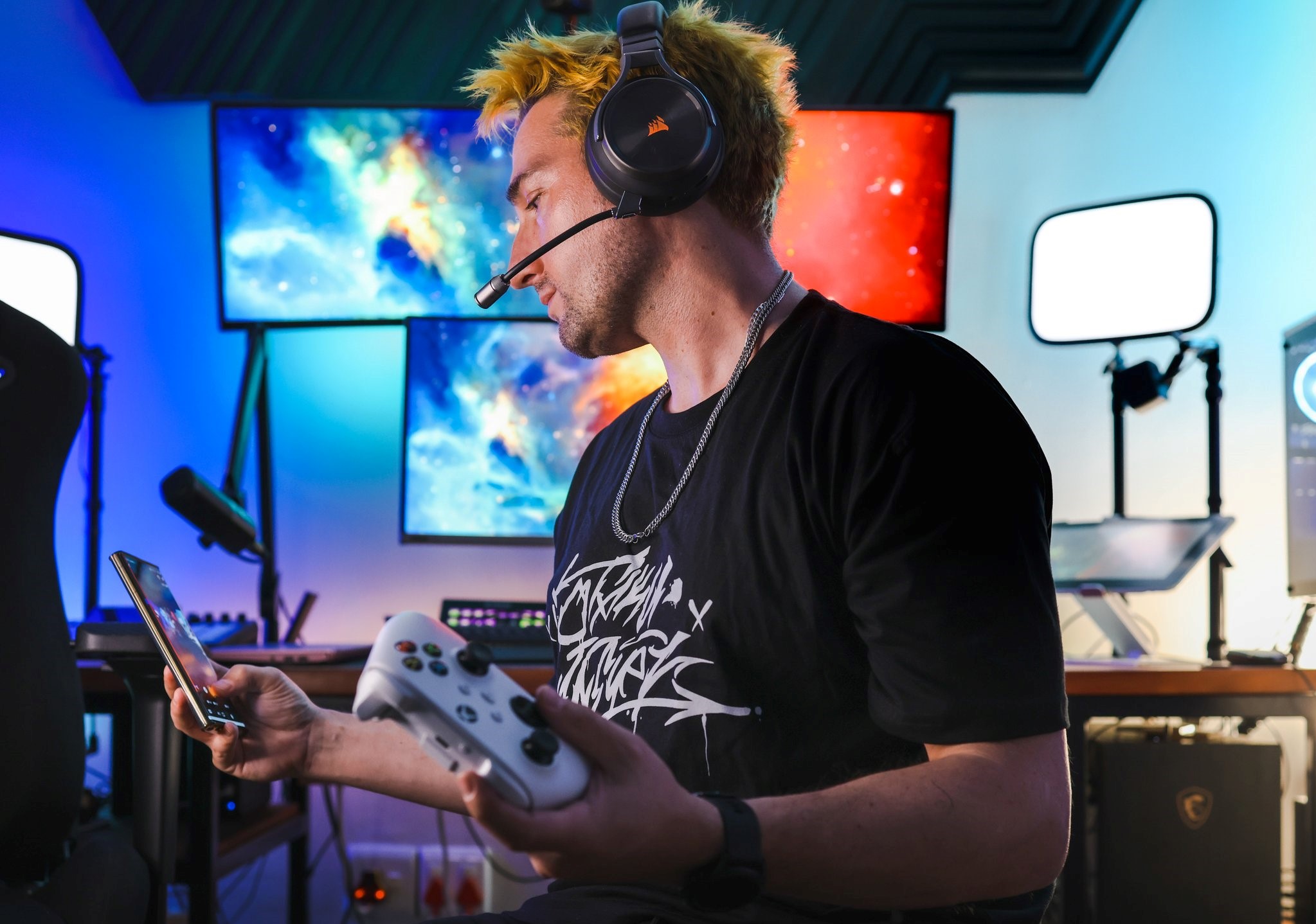Nadav Ossendryver, the creator behind Latest Sightings, leveraged his passion for wildlife observation and storytelling to establish a digital platform dedicated to the incredible wildlife of Africa. Ossendryver has united a worldwide network of wildlife enthusiasts through his work, providing real-time glimpses into some of the world’s most captivating creatures. Through Latest Sightings, he has democratized wildlife documentation, fostering a deeper appreciation for Earth’s biodiversity while highlighting the importance of conservation efforts. Ossendryver’s work serves as a testament to the power of technology in transforming how we engage with and understand the natural world.
Please tell us a little about yourself.
I am 27 years old and graduated with a BCOM degree with distinction at the University of the Witwatersrand. I have always loved wildlife and going on safaris. When I was 15, I developed a website (www.latestsightings.com) for crowd-sourcing real-time wildlife sightings in game parks. I built up social media communities for people who are just as addicted to wildlife as I am, to share their sightings and experiences – live. Today, Latest Sightings boasts an impressive following of 11 million across various social media platforms, including YouTube, Facebook, Instagram, and its dedicated smartphone apps. On the side, I love showing people around game reserves I know very well, programming and monetising side projects, and helping people with their social media.
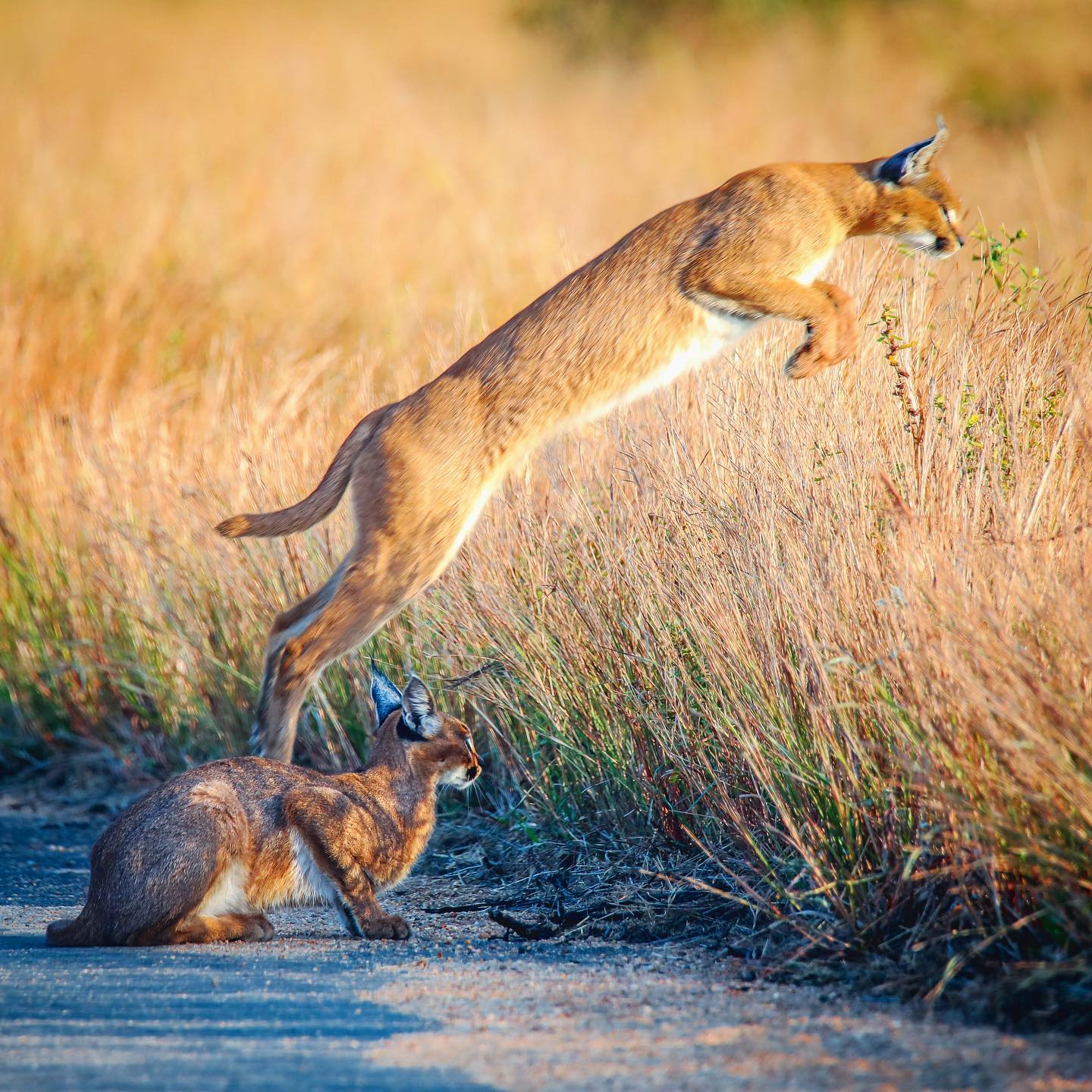
What inspired you to start your wildlife channel on YouTube?
The idea to start a YouTube channel came from wanting to share the incredible sightings that people were already posting on our app and website. Seeing the excitement and engagement these videos generated inspired me to create a dedicated channel.
How did you first become interested in wildlife?
When I was 8 years old, my family and I went to the Kruger National Park. It was my first time there and all I wanted to see was a lion. We had booked 3 nights in the park and every single minute of the 3 days, I just wanted to see a lion. After 3 long days of praying for a lion sighting, it was time to leave the park. Heading to the gate, we turned a corner, and in the middle of the road were 4 lions. My prayers came true and I instantly fell in love with the park.
Since then, we visited the park every year. However, we spent a lot of time driving without seeing much game, so I wanted to find ways to spot more . One way I came up with was to beg my parents to stop each car passing and ask them what they have seen. My parents got irritated with me asking them to continually stop passing cars, so I began wondering if there were easier and faster ways of knowing what other people have seen and where – in real-time. I thought of creating a website/community where people can easily share their sightings.
Do you photograph or film any wildlife yourself?
My dad is a photojournalist by profession, so, whenever we were on safari, he would be the one taking the photos. I felt I could never compete with him, so I bought a video camera and started filming my sightings.
Your YouTube channel Latest Sightings features the work of creators witnessing crazy feats in the wild, what motivated you to open up your platform to other creators?
The channel was almost from day one, dedicated to sharing people’s sightings. So, the only way to grow the channel with the world’s best wildlife footage was to share everyone’s sightings and allow everyone to submit footage. Not only that, YouTube started paying us for footage, so we opened up our partner program that allowed people who had footage on our channel to earn a share of the earnings.
How do you engage with your audience and foster a community around your channel?
We engage with our audience through regular updates, interactive posts, and by responding to comments and feedback. We foster a sense of community by sharing experiences and encouraging followers to participate actively. We also try never to clickbait people into watching videos, so people always end off watching our videos or our sightings without a sense of being lied to, a thing we see so many other channels do. But, the best way we find to engage our community is by doing our job. We are all about the latest sightings, so, our content is always fresh and new and so relevant, that engagement rates are always higher than other wildlife communities out there,
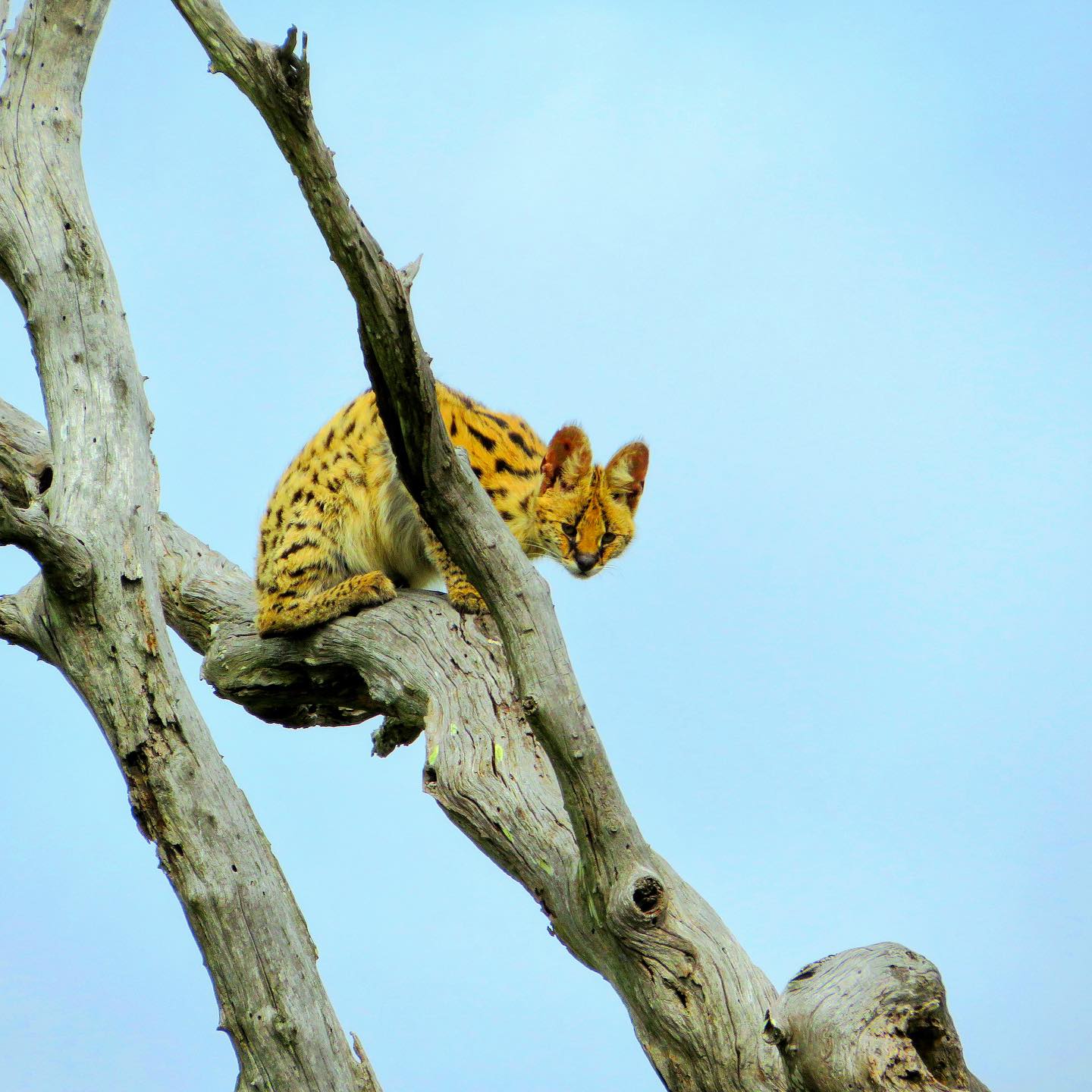
What kind of feedback or response do you typically receive from your viewers?
I would say there is always a common set of responses that we get from all our videos, including people saying they are motivated to book a trip to a game reserve now. Whenever we share a video of an animal hunt, the main response we get is “Why didn’t you save the prey?” We often get questions as to why the animals are doing what they are doing. People are always interested in learning more about the behaviour. Our most common response is always thanking us for sharing raw nature, with no filters. The good and the “bad”.
How do you monetise your wildlife channel, and what strategies have been effective?
We monetise our platform through content and in-app purchases. The content we monetise through our platforms and license sales. So, when videos go viral on our platforms, like YouTube and Facebook, ads show up and we get paid. But, other companies might want to share our content too, so we charge them to do that. Our app, the content generator is free. It helps people see animals and in turn, allows us to share that content and make money. But, there are some features that we charge for in the app. This is a smaller revenue stream, but something that is growing daily.
When your audience submits their work to your platform, do you compensate them or how do they benefit from your platform?
Revenue Sharing: When a user submits a video that becomes popular, we share a portion of the revenue generated from that video with the contributor. This monetisation primarily comes from advertisements placed on YouTube and other media sales. Some users have earned R300,000+ from their content.
Visibility and Exposure: Contributors gain visibility by having their content featured on one of the top wildlife channels globally. This exposure can lead to more personal opportunities for them in photography, videography, and other related fields.
Community Contribution: Contributors feel a sense of contribution to a larger cause. By sharing their sightings, they help inform and educate others about wildlife, contributing to broader conservation awareness.
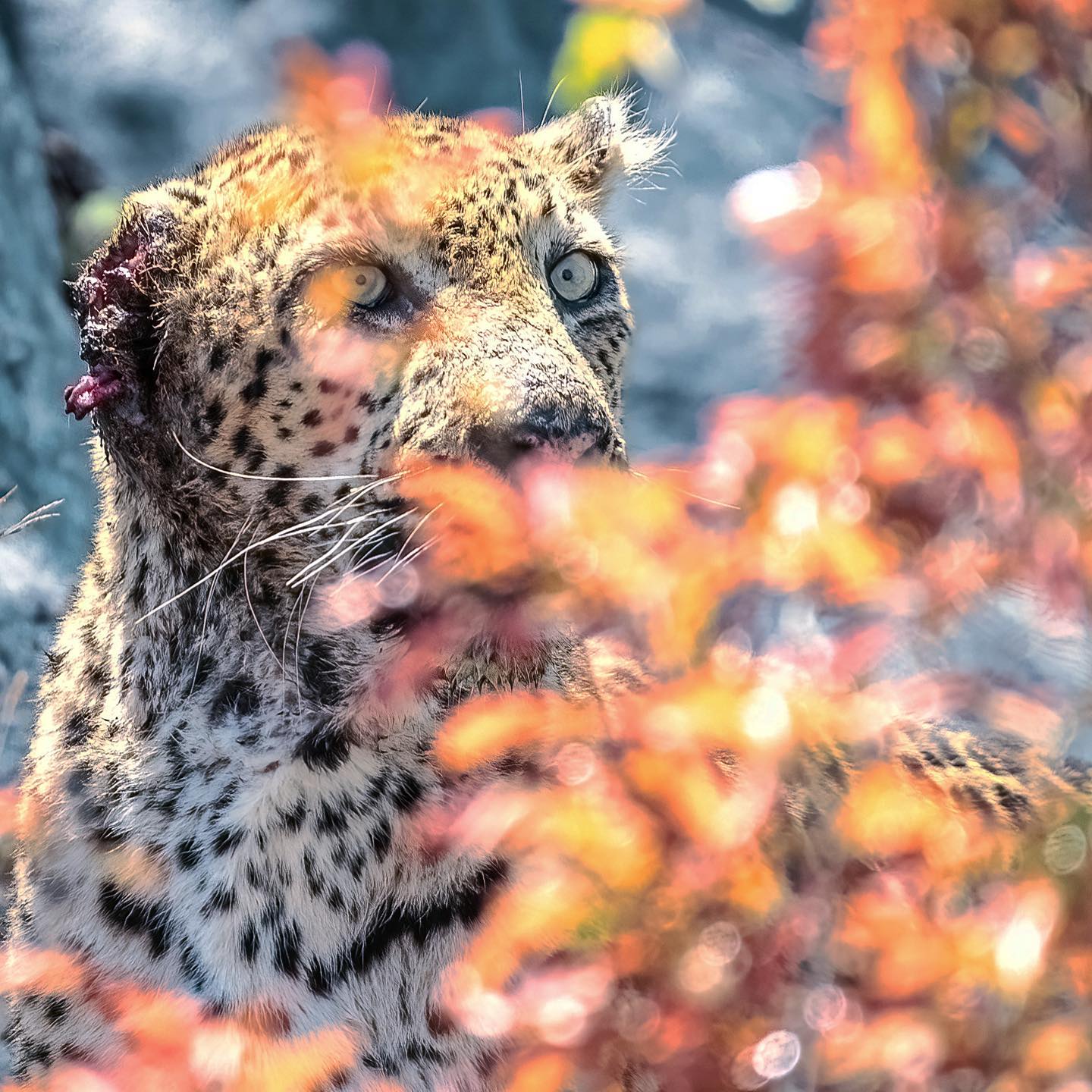
What advice would you give to someone looking to grow their own YouTube channel in this niche?
Focus on creating genuine, high-quality content. Engage with your audience and build a community around your passion. Consistency and dedication to your niche are crucial. But, most of all, you have to love the topic you are about to create a channel about, if you don’t, you’ll burn out very quickly.
What role do you think wildlife channels play in conservation efforts and raising awareness?
Wildlife channels like Latest Sightings play a crucial role in conservation by educating the public about wildlife and showing the challenges they face. By broadcasting the beauty and complexity of nature, we inspire viewers to support and participate in conservation efforts, even if it means just booking a safari. Additionally, our platform helps gather crucial data for wildlife researchers, which can aid in tracking animal movements and health, contributing to ongoing conservation projects.
How have advancements in technology influenced your content and channel growth?
The rapid advancement in digital technology has profoundly influenced our content and channel growth. In-house-built technology allows us to test and pre-select winning videos and settings around those videos to ensure they perform the best they can on our social platforms.
The expansion of high-speed internet that is cheaply available has also been a huge boost for us and allowing us to reach more and more people.
What are your goals and aspirations for the future of your wildlife channel?
Looking ahead, our main goal is to extend our reach to include more wildlife parks worldwide and to innovate with new technologies to enhance our educational content. We aim to foster a deeper connection between our audience and the natural world, turning enthusiasm into action for conservation.
Are there any new projects or collaborations you’re excited about?
We’ve recently partnered with MSN, to bring our content to more viewers across UK and USA, which is very exciting for us. We are also excited to bring to our community more product reviews and photography tips and tricks with the help of Orms!
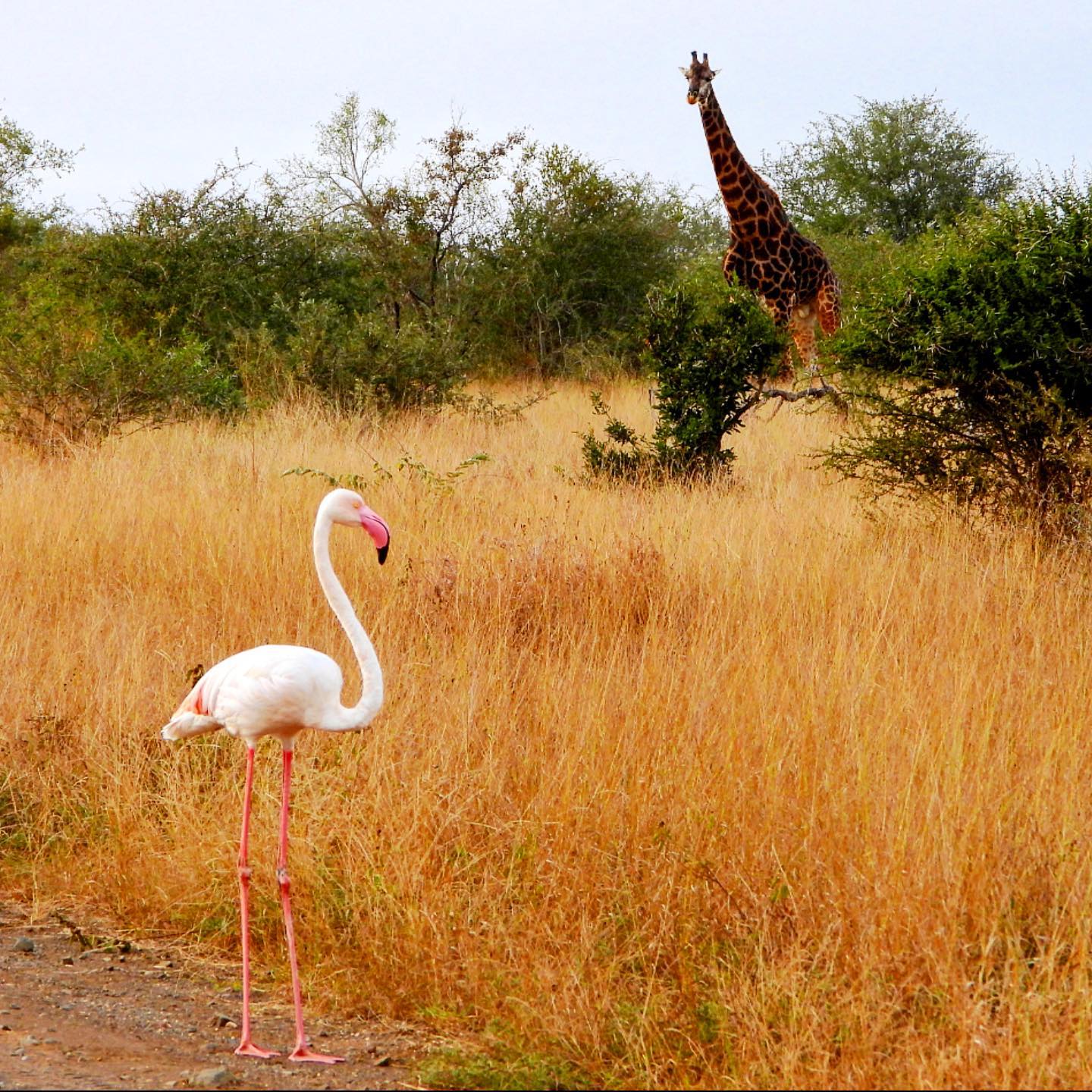
What are the most rewarding aspects of running a wildlife channel?
One of the most rewarding aspects of running Latest Sightings is witnessing the joy and amazement that our content brings to people of all ages and from all walks of life. Knowing that we are making a difference by fostering a love for wildlife and promoting conservation efforts globally adds a profound sense of purpose to our work. But, on a personal level, I always love the feeling of watching a sighting before anyone else in the world, working on that sighting and editing it, and then putting it out there and watching it get 100s of millions of views.
How has running a wildlife channel impacted your understanding and appreciation of the natural world?
Managing this channel has greatly deepened my understanding of nature’s intricacies. It has made me more aware of the delicate balance required to maintain healthy ecosystems and the importance of conservation. Seeing so many never-before-seen animal interactions and learning about them has definitely taught me more about the natural world than I would have ever learned otherwise.

